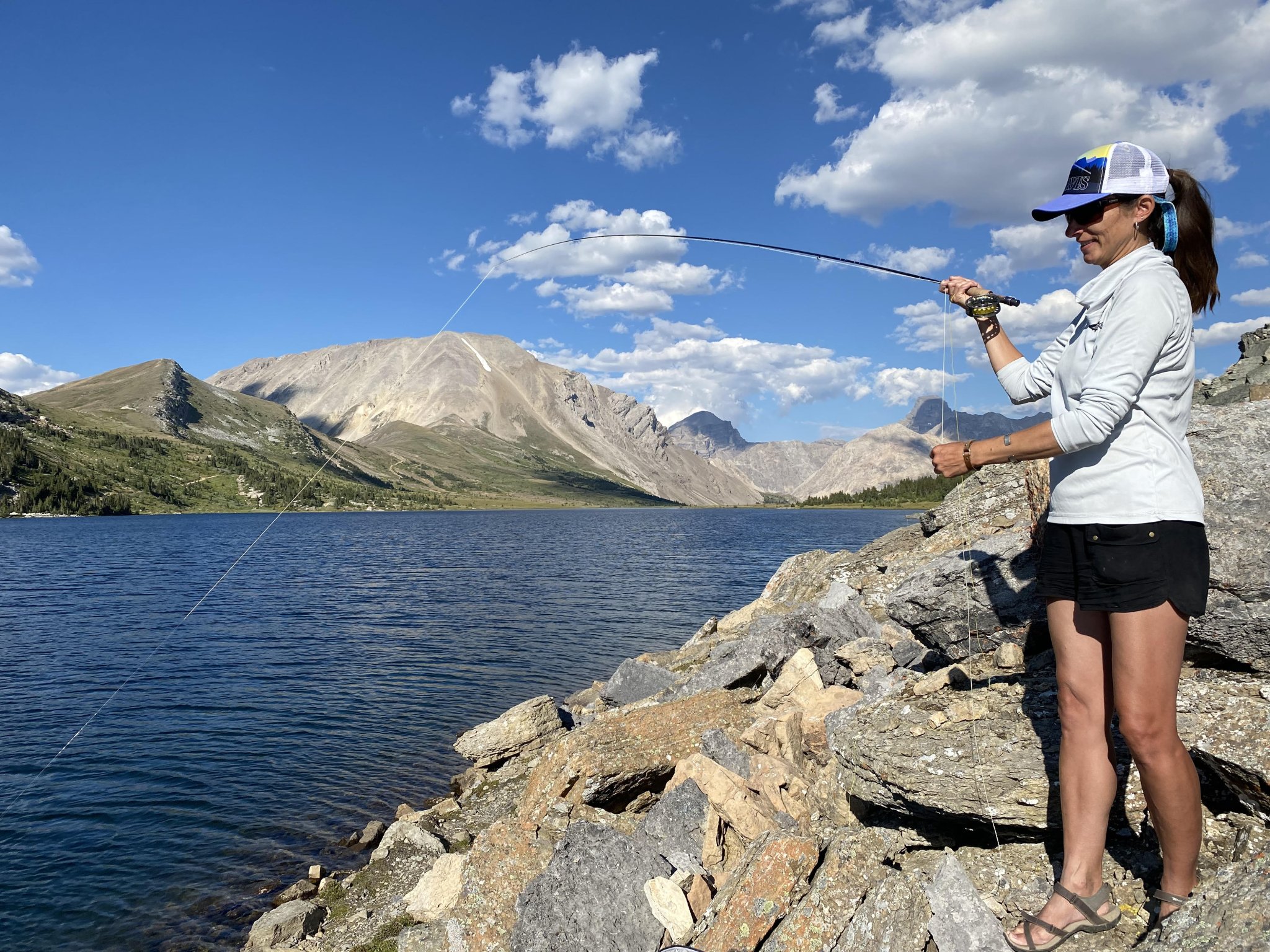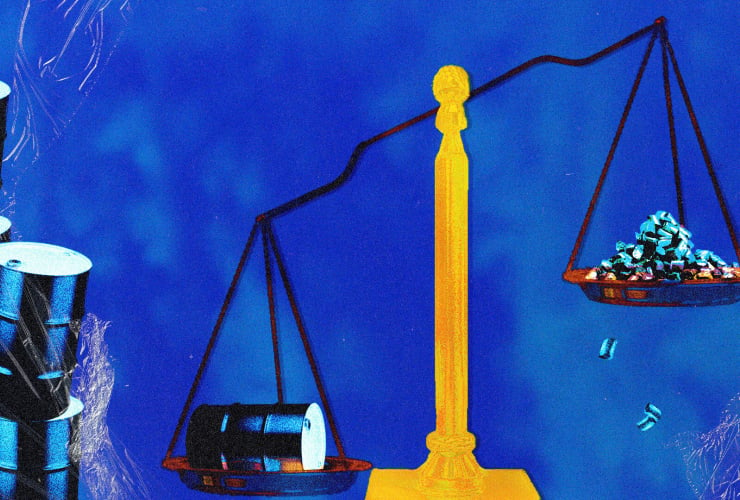Millions of tourists flock to Banff National Park every year to take in sights like the turquoise blue waters of Alberta’s Moraine Lake. But during peak season, the number of visitors can get out of hand: last summer, the parking lot near the lake was packed nearly 24/7, with park officials turning away about 5,000 vehicles a day, Parks Canada told Canada’s National Observer. The overcrowding led to the closure of the lot to private vehicles.
This decision is emblematic of the balancing act taking place in all of Canada’s national and provincial parks. When an outsized number of tourists begins to affect the conservation of protected areas, park officials have to take measures like restricting vehicle access in order to guarantee people can visit these sights while protecting delicate ecosystems, Parks Canada wrote in a statement.
As overcrowding in popular parks continues to rise, pressure from tourists to open up new areas for recreation mounts. BC Parks, for example, has plans to develop new campgrounds, trails and facilities over the next three years to accommodate more visitors. However, not everyone agrees this is a viable solution.
“It doesn’t matter how much backcountry you open up, it’s going to get overrun,” Glenn Woodsworth, current president of the British Columbia Mountaineering Club, said in an interview. “And once it gets overrun, you can’t un-overrun it, so to speak.”
Woodsworth helped write the first mountaineering guide on southwestern B.C., published in 1965, and has been involved in writing guides like it ever since. Now he’s starting to question whether or not steering people deeper into the backcountry is socially responsible.
“When this came out in ’65, it didn’t seem to drive people towards the more remote country, it drove people towards the more populated, easy-to-get-at places,” he said.
Woodsworth emphasized the need for balance between conservation and tourism in national and provincial parks like those he frequents in B.C. It’s a good thing for people to appreciate nature in the parks, and hopefully, that means they’ll vote in favour of policies that benefit conservation, he said, but having so many people come to the parks is also what’s causing the current overcrowding issues.
As Canada’s population grows so, too, have park attendance numbers, forcing crowd-limiting measures in many places across the country. Parking lot closures like the one at Moraine Lake are not a new idea: Lake O’Hara in B.C.’s Yoho National Park, for example, is also only accessible by bus. A spokesperson for Parks Canada told Canada’s National Observer there are currently no plans for any additional vehicle restrictions at Canadian parks beyond the closure of the Moraine Lake parking lot.
In Woodsworth’s home province of B.C., free day-use passes are required to visit three provincial parks: Golden Ears, Joffre Lakes and Garibaldi. But whether or not the day passes actually limit visitors is another question; Woodsworth said he’s seen people admitted into the parks without them.
In Ontario, Algonquin, Bon Echo, Killbear, Sandbanks and Pinery provincial parks only allow camping reservations for seven nights at a time. This is fewer nights than others in the province that permit two- or three-week stays. Nova Scotia parks only allow for reservations of a maximum of 14 nights.
Another contributing factor to the overcrowding at Canadian parks is a lack of campsites, says Shane Devenish, president of the Canadian Recreational Vehicle Association, adding the reduction in campgrounds and lack of new development are big issues for the industry.
“As an industry, that’s one of our attractions, that people can take their RVs and travel right across Canada and see some amazing places,” he said. Devenish sees the need to balance the use of parks with conservation concerns and wants to see more collaboration between all aspects of the camping industry and Parks Canada going forward.
Conservationists point out that overcrowding stresses the wildlife that visitors long to see and parks seek to preserve. The Moraine Lake area, for example, also serves as a wildlife corridor for grizzly bears and elk, and constant traffic could disrupt their movement.
Katie Morrison, director of the southern Alberta chapter of the Canadian Parks and Wilderness Society, believes the Moraine Lake closure is a good thing for the conservation of animals and for people wanting to visit.
“I think we can adapt to a new approach to the area,” she said in an interview, “particularly knowing that it’s going to contribute to preserving the things we love about the place and preserving the ecological integrity and wildlife values.”
Morrison said there are many strategies that can allow people to still use overcrowded parks without damaging the environment. This includes potentially closing more areas to private vehicles, as well as implementing reservation systems and promoting alternative locations for people to visit rather than the most popular spots.
She recommends creating tailor-made strategies for each park in order to fit best with what visitors want to see and what the wildlife and conservation concerns are for the area. Parks Canada should realize that visitors want these changes to happen so that they enjoy their visit knowing that natural places are being preserved, she added.
Conservation must come first when decisions are made to open new campgrounds and trails in national parks, Morrison said.
Parks Canada publishes a list of alternative destinations to popular locations to avoid overcrowding, as well as information on what visitors should know before going somewhere. This is in addition to the reservation system that is in place for 40 parks across the country.
How about more parks? Both
How about more parks? Both national and provincial? Why don't we talk about that? We need more places protected for biodiversity, ecosystem health and quiet, peaceful recreation without the crowds.






Comments